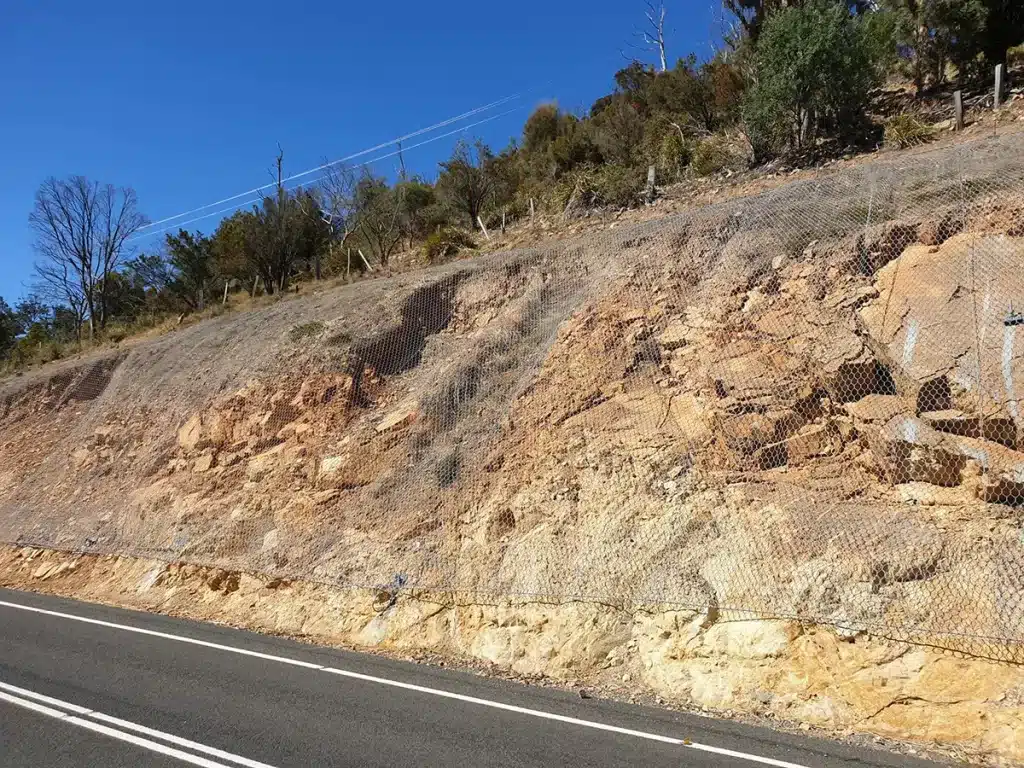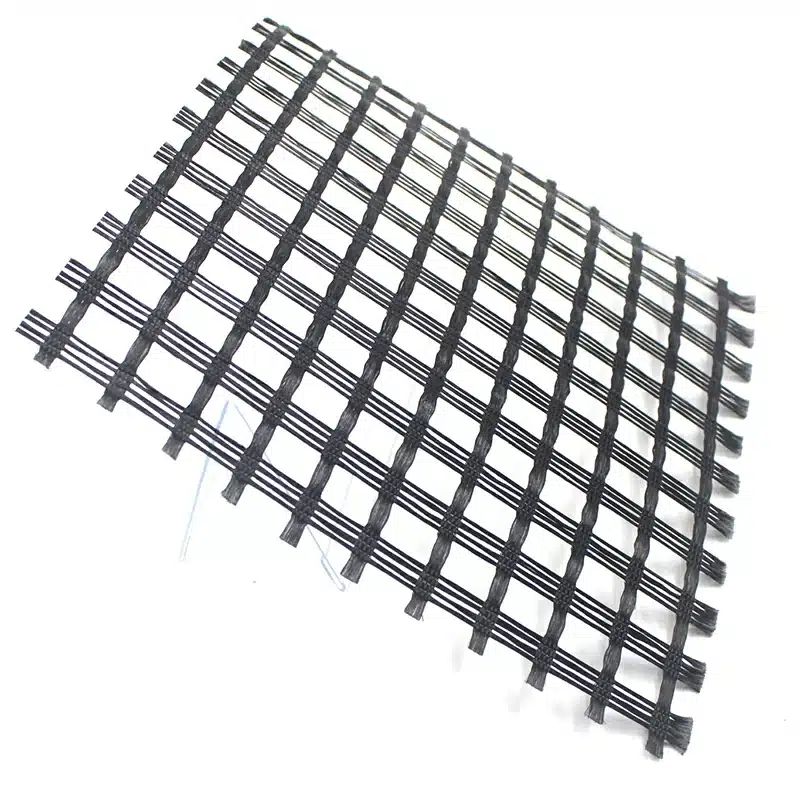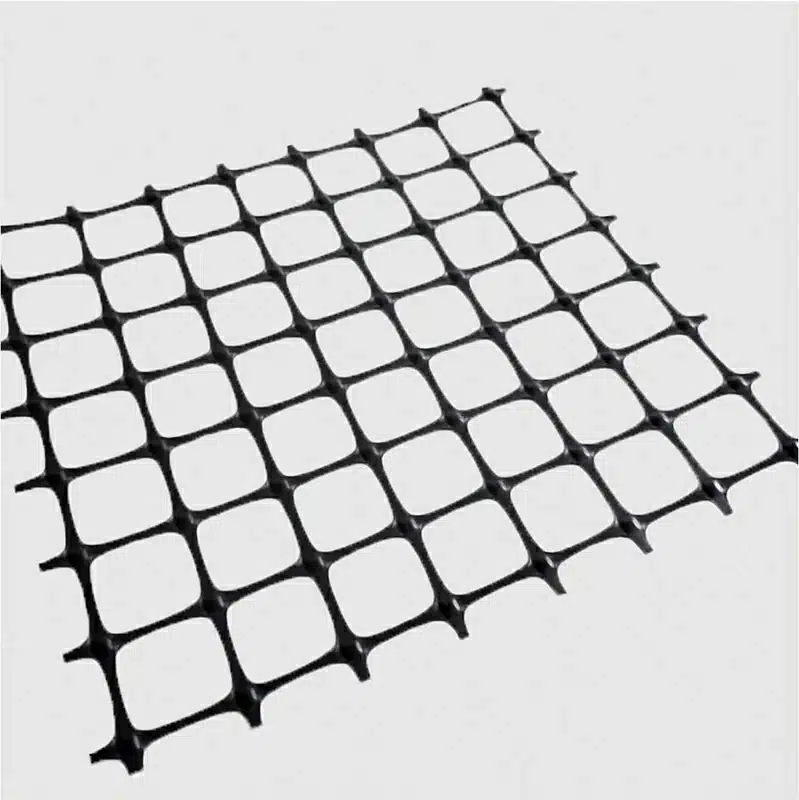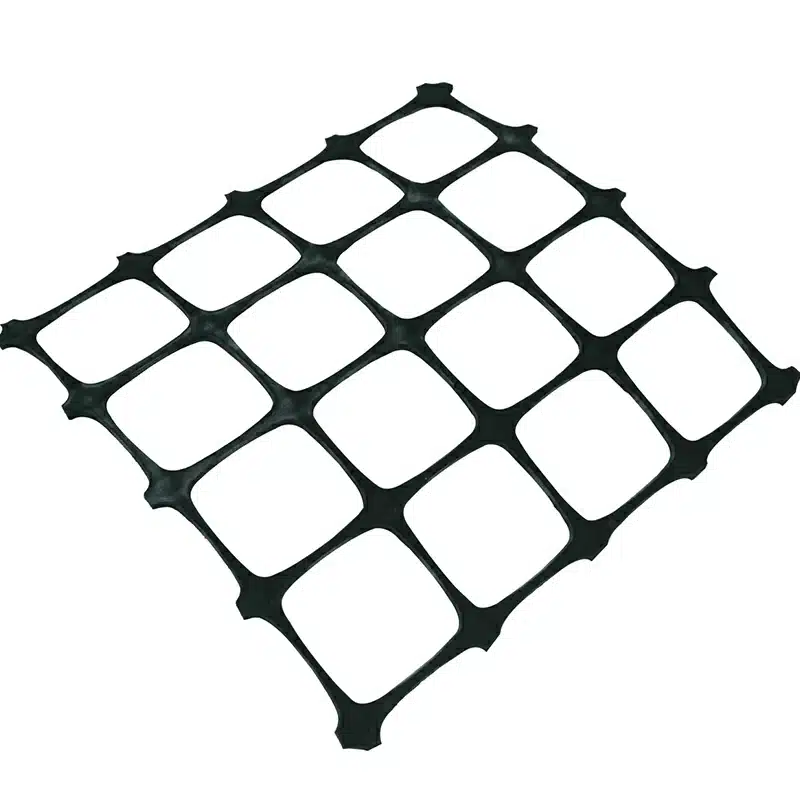+86-159 9860 6917
info@geofantex.com
geofantex@gmail.com
+86-400-8266163-44899
In the world of construction and civil engineering, geogrid soil reinforcement stands as a crucial solution for fortifying foundations and enhancing structural integrity. Geogrids, composed of high-strength materials like polyester, polypropylene, or fiberglass, play a pivotal role in improving the stability and bearing capacity of soil. By distributing tensile forces and reducing settlement, geogrids provide substantial support for a wide range of construction applications, from roads and retaining walls to embankments and foundations. Their use not only enhances load-bearing capacity but also extends the lifespan of structures while ensuring cost-effectiveness. Dive into the world of geogrid soil reinforcement and discover how this powerful technique can elevate your construction projects to new heights.

What is geogrid soil reinforcement?
Geogrid soil reinforcement is a construction method that involves the use of geosynthetic materials, made of polymers, which are used to reinforce soil behind retaining walls, thereby enhancing the stability and strength of soil in various construction applications. Geogrids are typically fabricated from materials such as polyester, polypropylene, or fiberglass, and are engineered to be robust, long-lasting, and capable of withstanding substantial tensile forces.
What materials are used in soil reinforcement?
The primary material used in soil reinforcement includes various geosynthetics (geogrid, geocomposite, geotextile, geocell, and geonet) and may consist of either natural or synthetic randomly distributed fibers. Geogrids, which are a subset of geosynthetics, are manufactured in different forms, such as woven or extruded sheets, grids, or mesh structures. These materials are carefully engineered to provide high tensile strength and stiffness, making them ideal for reinforcing soil in construction projects.
What is the purpose of geogrid?
The primary purpose of geogrid soil reinforcement is to improve the mechanical properties of soil in construction applications. Geogrids are used to:
- Distribute Loads: Geogrids help distribute applied loads more evenly throughout the soil, reducing the risk of settlement and ensuring that the soil can support the intended structure’s weight.
- Prevent Soil Erosion: In slope stabilization and embankment construction, geogrids are employed to prevent soil erosion and maintain the integrity of the slope.
- Enhance Stability: Geogrids enhance the overall stability of structures like retaining walls, preventing wall failure and ensuring their long-term integrity, with added benefits of reinforcement, stabilization, and even filtration when used with properly sized aggregate fills.
- Minimize Excavation: By reinforcing weak soils with geogrids, the need for excessive excavation or imported fill material is reduced, resulting in significant cost savings.
What are the advantages of geogrids on the bearing capacity of soil?
Geogrid soil reinforcement offers several advantages in enhancing the Improved Bearing Capacity of soil:
- Increased Load-Bearing Capacity: Geogrids significantly increase the load-bearing capacity of soil, allowing it to support heavier structures and loads.
- Reduced Settlement: The use of geogrids minimizes settlement, ensuring that the soil remains stable over time.
- Cost Savings: By reducing the need for extensive excavation and imported fill material, geogrids lead to substantial cost savings in construction projects.
- Extended Lifespan: Structures reinforced with geogrids, such as retaining walls and roads, enjoy extended lifespans, minimizing maintenance and repair costs.
- Enhanced Safety: Geogrids are a critical component in reducing the risk of slope failures, landslides, and other soil-related hazards, ensuring the safety of the construction project.

In conclusion, geogrid soil reinforcement is an essential technique in the construction industry, offering numerous benefits such as enhanced stability, increased bearing capacity, cost savings, and improved safety. Understanding the role of geogrids in soil reinforcement is key to building durable, reliable, and long-lasting infrastructure.



Get Free Sample
We’ll respond as soon as possible(within 12 hours)






















